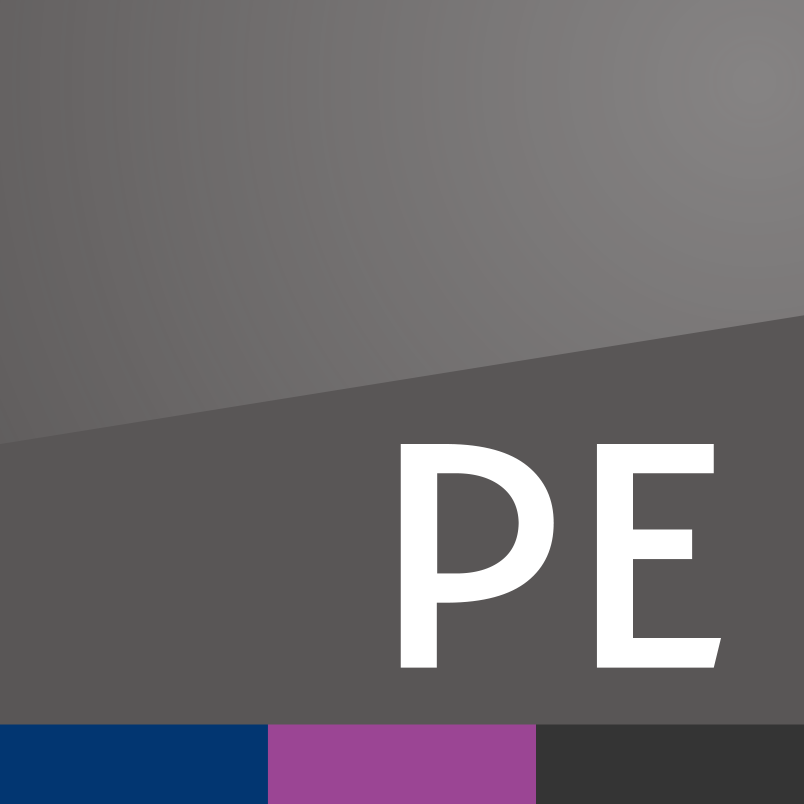Shrinking Canadian expectations
The future of unconventional gas drilling in the western basins is uncertain because of the cancellation of several high-profile LNG projects
In Canada—and especially British Columbia (BC)—gas drilling is (or was) dependent on approvals for multi-billion-dollar liquefaction terminals on the country's west coast. Proponents had to demonstrate at least 20 years of proven reserves to secure export licenses. This, in turn, sparked a prolonged boom in unconventional shale plays such as the Montney. So, despite persistently low North American gas prices, Canadian drilling and production held up reasonably well—as long as there were proposed outlets for the fuel. That changed in July 2017 after Petronas abruptly cancelled a proposed C$36bn ($28.9bn) terminal in Kitimat, on BC's northern shore. A sizeable portion of that outlay, some C$6b

Also in this section
25 July 2025
Mozambique’s insurgency continues, but the security situation near the LNG site has significantly improved, with TotalEnergies aiming to lift its force majeure within months
25 July 2025
There is a bifurcation in the global oil market as China’s stockpiling contrasts with reduced inventories elsewhere
24 July 2025
The reaction to proposed sanctions on Russian oil buyers has been muted, suggesting trader fatigue with Trump’s frequent bold and erratic threats
24 July 2025
Trump energy policies and changing consumer trends to upend oil supply and demand








